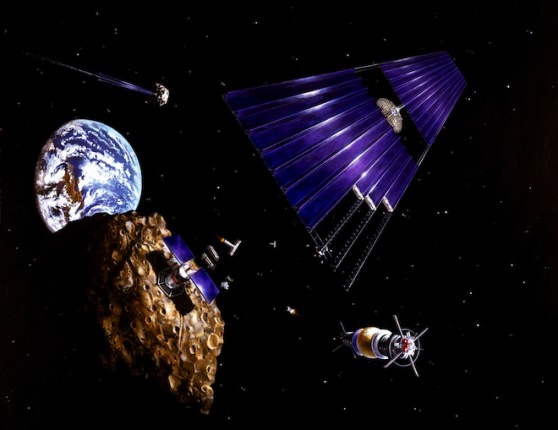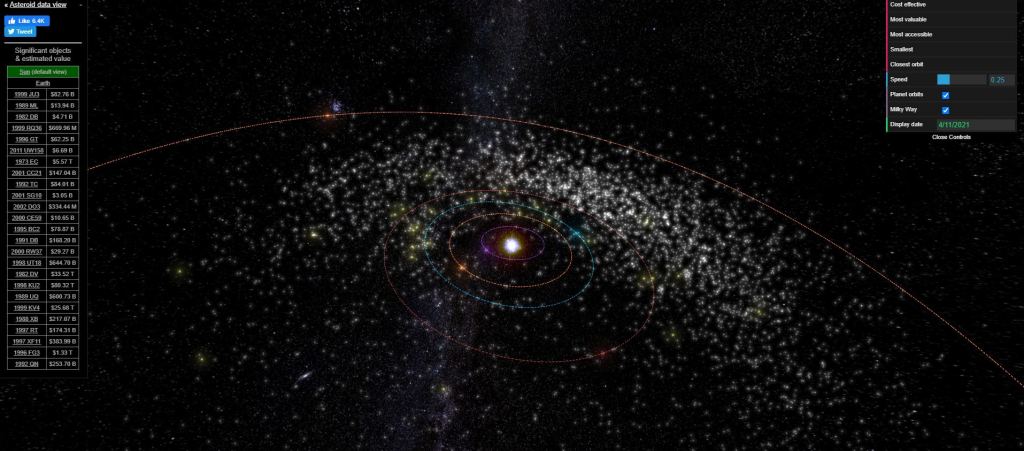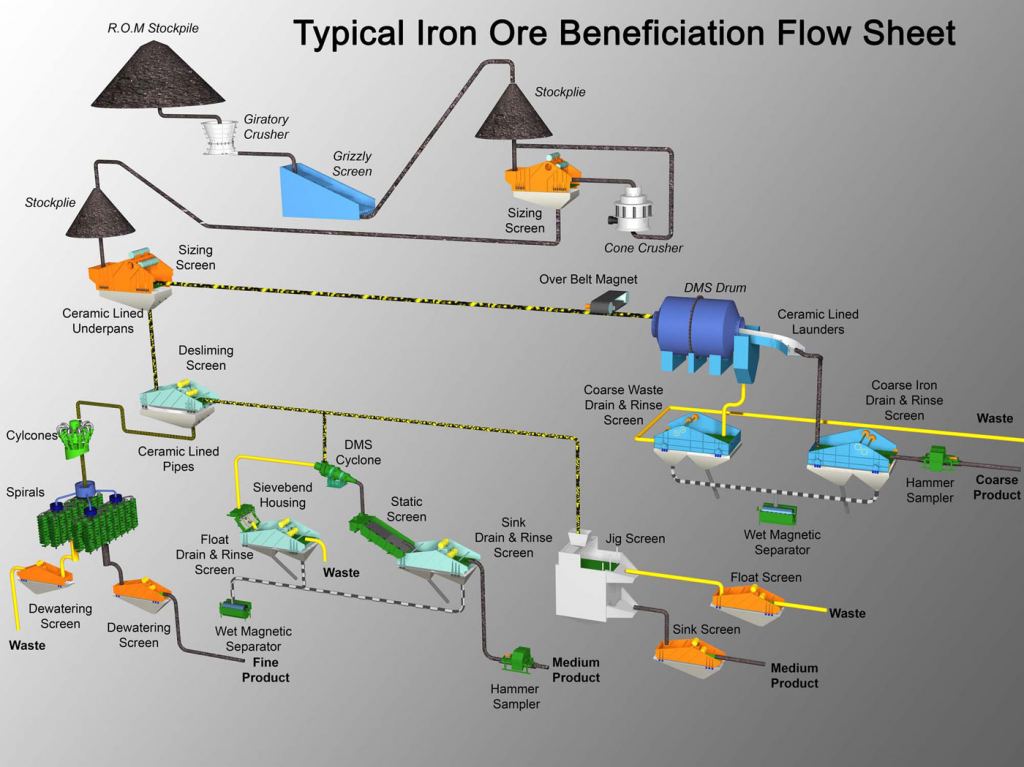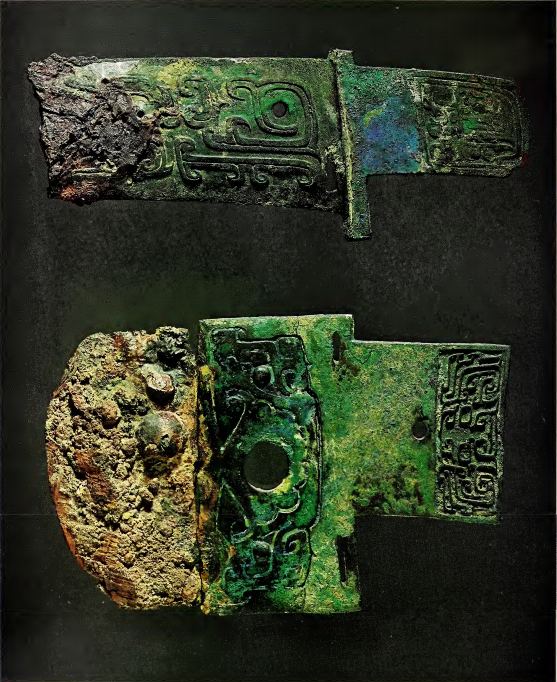Does it seem like science is catching up with science fiction? Sometimes it does. Especially when there’s an announcement like this one.
A Chinese company says that they’ll be launching an asteroid-mining robot by November.
Origin Space is a private company based in Beijing. Though they’re calling this an “asteroid mining robot,” it’s really a pre-cursor mission to actual mining. In reality, NEO-1 as it’s called, will be testing technologies aimed at the eventual mining of asteroids.
According to multiple news sources, NEO-1 will be launched on a Chinese Long March rocket as a secondary payload. The small, 30 kg (66 lbs) spacecraft will enter a 500 km altitude, Sun-synchronous orbit around Earth. In an interview with IEEE Spectrum, Yu Tianhong, an Origin Space co-founder, said that “The goal is to verify and demonstrate multiple functions such as spacecraft orbital maneuver, simulated small celestial body capture, intelligent spacecraft identification and control.”
It remains to be seen what progress the little NEO-1 will make, and if it’ll bring China any closer to actually mining an asteroid. The whole endeavour of asteroid mining is fraught with problems and difficulties. Still, the spacecraft might make some progress in testing technologies. Think of it as a prospector instead of a miner.
Though asteroid mining is a mainstay in science fiction, in reality it’s much more controversial. Not everybody is in favor of it. One group of scientists say that the bulk of the Solar System should be left as a sort of “space wilderness.”

But the pull of potential resources, and profits, means that companies like Origin Space won’t just go away. Origin Space clearly thinks there’s a future in it. And they’re not alone.
The US President recently signed an executive order to encourage resource extraction on the Moon and on asteroids. It made it legal for US citizens to own and sell resources from the Moon, asteroids, and even from Mars. So the stage is set.
There’s been a lot of excitement about asteroid mining in recent years. One company called Planetary Resources raised a lot of money—$50 million US by some accounts—to advance the search for minerals, metals, and even water on asteroids. Planetary Resources snagged some big name investors, including film director James Cameron and Google’s Eric Schmidt. Other, smaller companies got in on it, too.
The hype machine kicked into gear, and before long people like Ted Cruz were opining about trillionaires in space, and Jeff Bezos imagined a future where all industrial activity took place in space. Earth would at long last be releived of the burden. The future was bright.

But a funny thing happened on our way to a future full of asteroid mining, and an Earth relieved of industrial pressure: the idea mostly collapsed. Planetary Resources shut down, Jeff Bezos hasn’t said much about it recently, and Ted Cruz…well, he’s got an election campaign to fight.
Against this backdrop comes Origin Space and NEO-1.
Back in 2014, the Chinese government got in on the space mining idea and decided to open up the industry. This led to a blossoming of private companies focused on space resources, who developed rockets and small satellites. Origin Space was established in 2017.

NEO-1 isn’t Origin Space’s only development. They’re planning on launching a sort of “mini-Hubble” space telescope. Its job will be to observe and monitor asteroids, and to identify candidates for utilization. It’s called Yuanwang-1 (‘Look up-1’), and is being built for Origin Space by DFH Satellite Co., Ltd, which is part of China’s state-owned space industry.
Then there’s NEO-2. It’ll be heading for the Moon sometime in 2021-2022. NEO-2 will execute a landing on the Moon, according to Origin Space, but the exact details of the mission are still being developed. NASA recently announced that they’ll buy Moon rocks and regolith from private companies, so maybe that’ll be part of NEO-2’s mission.
While it’s true that there are potentially trillions of dollars, or even more, worth of resources in asteroids, the extreme difficulty of actually extracting them is a serious barrier. And hype alone won’t overcome that barrier. Look at what it takes to extract iron from iron ore here on Earth.
Iron ore has to be crushed or milled, and separated from the rest of the rock, to remove impurities. That involves a lot of specialized equipment, and can sometimes rely on gravity for part of the separation, which could be interesting in low gravity. The resulting material is called iron fines.

Then the iron has to be manufactured into something. That also requires extensive infrastructure, a daunting prospect in space. Solar power is good for rovers and things, but can it power an iron processing and manufacturing planet? And of course, there has to be a market for these goods.
But maybe Origin Space has the right idea with their little NEO-1. Maybe instead of hyped-up proclamations, and sci-fi infused statements about our glorious space-mining future, it’s best to start small. Start with the prospecting, and with identifying realistic asteroid targets. Work away at it while the rest of the technologies and methods catch up one day, if they ever do.
Believe it or not, humanity has a long history of extracting iron from space rocks. Iron-rich meteorites that fell to Earth were one of our first sources of iron. These types of meteorites are called iron meteorites, and they consist largely of an iron-nickel ore called meteoric iron. Early peoples made tools, cultural objects, and of course weapons from them. One of the best-known examples of that is Tutankhamen’s dagger.

The ancient Chinese made use of meteoric iron, too. Two axes from around 1000 BC were found in 1934 in Honan Province. Both were made of meteoric iron.

So in a way, getting iron from space rocks would be like completing a circle.
Lots of new industries struggle at first. Early attempts can fizzle out, leading to questions, and to doubts. Thats what happened with the first episode of asteroid-mining hype. (Cryptocurrency, anyone?) But the potential bounty is there, and it won’t go away. Companies like Origin Space, with their small prospector NEO-1, can’t resist the temptation.
One day our future may look more like science fiction, with off-world mining and manufacturing, and workers blasting into space for their month long shift on the asteroid mine. And an Earth relieved of industrial pressure. It wouldn’t be so bad.
But there’s a long way to go.

